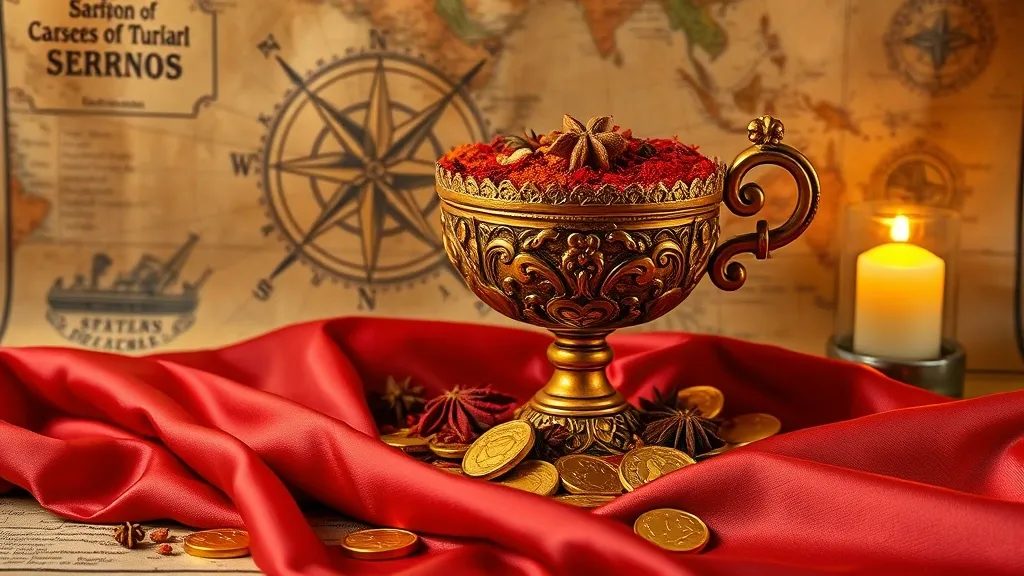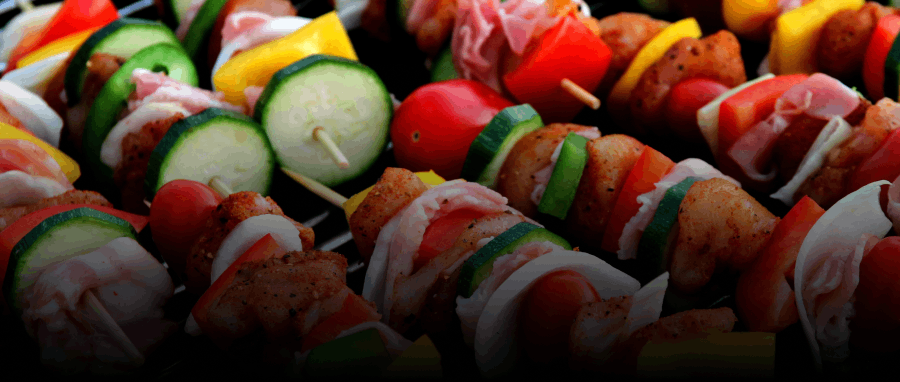The Allure of Gold: Glittering Dreams and Brutal Realities
Gold has this crazy way of making people swoon, right? I mean, just think about it: it’s shiny, it’s classic, and it’s been the ultimate status symbol for centuries. People have been chasing after it since, well, forever. Ancient civilizations were practically obsessed, and honestly, can you blame them? The allure of gold isn’t just about its beauty; it’s about power, wealth, and the dreams that come with it. But there’s a darker side to this glittering treasure that we can’t ignore.
When you picture gold, you might imagine a shiny necklace or a stack of coins glimmering in the sunlight. But for many, the pursuit of gold has led to brutal realities. The gold rushes of the 19th century, for instance, promised fortune but often delivered misery. People packed up their lives, heading into the wild, only to find that striking it rich was more of a fantasy than reality. There’s a reason why they say, “All that glitters isn’t gold” – it often comes with a hefty price tag, both literally and figuratively.
- Think about the laborers who toiled in treacherous conditions, risking everything for a handful of gold. Their dreams turned into nightmares, and the wealth they sought often went to a select few.
- And then there’s the environmental toll. Gold mining can devastate landscapes, pollute water sources, and disrupt entire ecosystems. It’s like trading one treasure for another – the glitter of gold for the health of our planet.
But hey, let’s not get too gloomy here. Gold still holds a special place in our hearts. It’s used in jewelry, electronics, and even in some fancy medical applications. Plus, who doesn’t love a little bling? It’s a weird mix of desire and destruction, which kinda makes it all the more fascinating, don’t you think? The glittering dreams that gold represents are often built on the backs of those who suffered in its pursuit.
So, next time you see that shiny gold ring or a nugget on display, remember the story behind it. It’s not just a pretty piece; it’s a symbol of dreams, struggles, and sometimes, harsh realities. Gold captures our imagination, but it can also remind us of the price we pay for beauty and wealth. Isn’t history wild?
Spices: The Aromatic Currency of Desire
When we think about spices, it’s easy to imagine a colorful array of jars lined up on our kitchen shelves, each promising to elevate our culinary game. But let’s rewind a bit and appreciate how these little flavor bombs were once worth their weight in gold—literally! Back in the day, spices were the real deal, the kind of stuff that could make or break empires. Forget about fancy coins or jewels; it was all about that aromatic currency.
Take a moment to picture it: traders sailing across treacherous seas, dodging pirates and storms, all for a sack of precious pepper or nutmeg. It sounds like the plot of an epic movie, right? And honestly, who wouldn’t risk it all for a dash of cinnamon? These spices were more than just flavor enhancers; they were symbols of status, wealth, and even power. You could throw a dinner party and wow your guests with the finest saffron, and suddenly you were the talk of the town. I mean, who wouldn’t want to be that person?
- Black Pepper: Often called the king of spices, it was so valuable that it was literally used as currency in trade.
- Cinnamon: This sweet spice was worth its weight in gold in ancient times and was believed to be a gift from the gods.
- Cloves: These little buds were so sought after that they fueled many territorial disputes in the spice trade.
What’s fascinating is how the spice trade influenced global exploration. You know, the whole “let’s find a new route to India” thing. That’s what led to Columbus setting sail, thinking he’d hit the jackpot with a shortcut. Spoiler alert: he didn’t find spices, but he stumbled upon the Americas instead. Talk about a plot twist!
So, here we are today, casually sprinkling herbs and spices on our meals without a second thought. But next time you reach for that jar of oregano, remember its rich history. These tiny bits of flavor have shaped economies, inspired adventures, and changed the course of history. It’s kind of mind-blowing when you think about it—who knew a little pepper could cause such a stir?
In the grand scheme of things, spices were more than just ingredients; they were treasures that drove humanity to explore, conquer, and connect. So, let’s raise a toast (with a spiced drink, of course) to the aromatic currency of desire, which continues to add pizzazz to our lives even today!
Navigating the Spice Routes: A Colorful Tapestry of Cultures
So, let’s dive into the wild world of spice routes! I mean, who knew that a little sprinkle of cinnamon could change the course of history, right? The spice trade was like the original internet—connecting cultures, ideas, and flavors across vast distances. It’s fascinating how these trade routes weren’t just about the spices themselves, but also about the people and stories that traveled along with them.
Picture this: merchants sailing from the bustling ports of the Middle East to the exotic shores of Southeast Asia, all in pursuit of that elusive nutmeg or fragrant clove. Each stop along the way wasn’t just a pitstop for supplies; it was a melting pot of cultures. Traders shared tales, languages, and spices, creating a vibrant tapestry of humanity. Honestly, it’s like a historical version of a potluck dinner—everyone bringing their own unique dish to the table.
- Arab Traders: These guys were like the rock stars of the spice world, navigating the Arabian Sea and forming critical trade networks. Their knowledge of the sea routes was unmatched, making them key players in the spice game.
- Indian Influence: India was the ultimate spice hub. We’re talking about saffron, cardamom, and turmeric—flavors that still dominate kitchens worldwide. The Indian subcontinent’s rich culinary heritage was a major draw for traders.
- European Explorers: Fast forward to the Age of Exploration, and you’ve got Europeans like Vasco da Gama and Columbus getting in on the action, all eager to find new routes to these precious spices. It’s wild to think how a quest for flavor led to the discovery of new lands!
And let’s not forget about the impact on local cultures. Spices weren’t just used for cooking; they played a role in medicine, rituals, and even social status. People would flaunt their spice collections like we flaunt our latest tech gadgets. “Oh, you’ve got a new iPhone? That’s cute, but have you tried my rare saffron?”
In many ways, the spice routes were the original global village. They fostered trade, innovation, and cultural exchanges that shaped societies throughout history. It’s pretty incredible to think how something as simple as a spice could bring people together and create such a lasting impact. So, the next time you sprinkle some paprika on your dinner, just remember—you’re part of that colorful tapestry woven through centuries of history!
Legacy of Wealth: From Precious Metals to Flavorful Feasts
You know, when we think about wealth throughout history, it’s often gold and silver that come to mind first. I mean, who wouldn’t want a shiny gold bar, right? But let’s take a step back and explore how wealth isn’t just about cold, hard metal. It’s also about the flavors and aromas that have shaped cultures and economies. Yep, I’m talking about spices!
For centuries, precious metals like gold and silver were considered the pinnacle of wealth. Ancient civilizations hoarded them, flaunted them, and used them as currency. The allure of gold led to epic quests and discoveries, like the Spanish Conquistadors who crossed oceans in search of the fabled El Dorado. It’s wild to think how a shiny rock can fuel such adventurous spirit, isn’t it?
But then came the spices! Cloves, cinnamon, and pepper—these were the real game-changers. They didn’t just sit in a vault; they traveled the world, sparking trade routes that connected East and West. Imagine being a merchant back in the day, loading your ship with spices that could fetch you a fortune. It’s like being on a reality show where the prize is… deliciousness. Who needs gold when you can have the world’s favorite seasoning?
- Spices as Currency: Believe it or not, some spices were so valuable they were literally used as currency. In some places, pepper was worth its weight in gold—talk about a spicy investment!
- Global Influence: The demand for spices led to the establishment of trade routes, which not only enriched individuals but also entire nations. This booming trade was a catalyst for globalization long before it was a buzzword.
- Cultural Exchanges: The mixing of spices also meant a mixing of cultures. Food became a way to share stories, traditions, and of course, flavors. Ever had a Moroccan tagine? That’s history on a plate!
So, while gold may shine bright and catch the eye, spices have a way of capturing the heart (and taste buds). They’ve shaped empires and brought people together in ways that shiny metals never could. It’s pretty cool to think about how something as simple as a spice can have such a rich legacy. Next time you sprinkle some cinnamon on your breakfast, just remember: you’re partaking in a long tradition of wealth and flavor that dates back centuries. And that, my friends, is food for thought!




